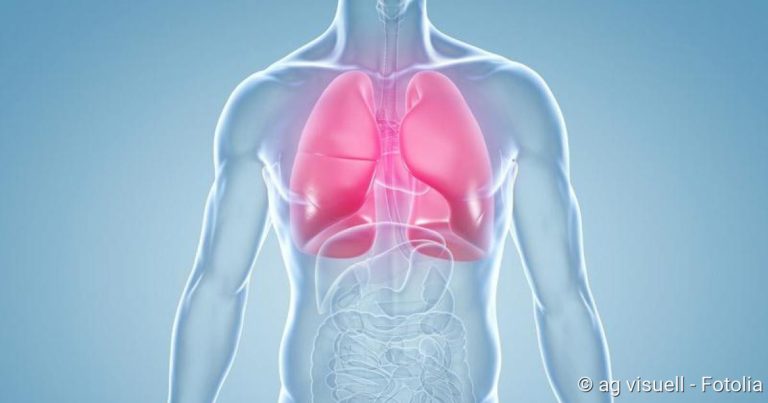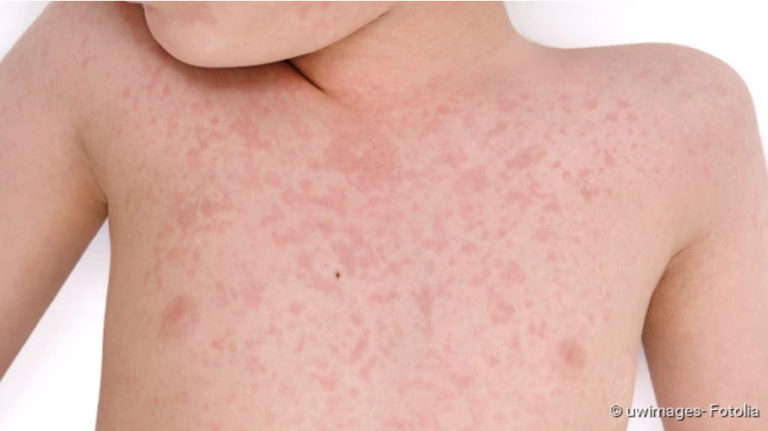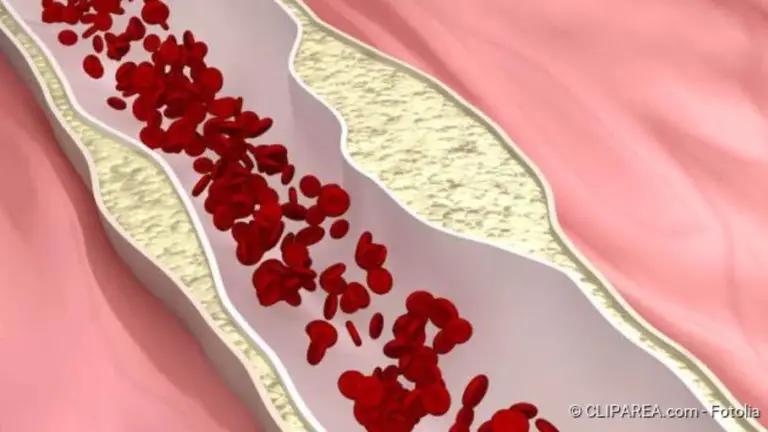Alcohol withdrawal: procedure, duration, withdrawal symptoms
Alcohol withdrawal: procedure, duration, withdrawal symptoms
Alcohol withdrawal (detoxification) is the first step on the way out of alcohol dependency. During withdrawal, the body is first detoxified and the physical dependence on alcohol is overcome. Severe physical and psychological symptoms can occur. Alcohol withdrawal should therefore not be attempted without medical supervision! Read here about the possibilities of withdrawal and the withdrawal symptoms that can take place.

Brief overview
- Outpatient or inpatient: Prerequisites for outpatient therapy include social integration, abstinence, absence of further mental and physical illnesses
- Withdrawal symptoms: sweating, hand trembling, blood pressure, temperature rise, headaches sleep disturbances anxiety, restlessness, depression, concentration disorders
- Forms of withdrawal: Cold withdrawal (without drug support), warm withdrawal (drug support), gradual withdrawal (slow reduction of consumption), turbo withdrawal (under anesthesia)
Alcohol withdrawal: inpatient or outpatient?
Alcohol withdrawal can be carried out on an outpatient or inpatient basis. Inpatient withdrawal is necessary if the mental or physical condition or the social environment does not allow outpatient withdrawal – i.e. if one or more of the following factors apply:
- The patient is not supported in his abstinence by his home environment.
- Seizures or delirium tremens have occurred in the past during withdrawal.
- Previous attempts at outpatient alcohol withdrawal have failed.
- The patient consumes other (especially illegal) drugs.
- The patient already shows withdrawal symptoms at still high per mille values (2.5 per mille and more).
- The patient suffers from a severe cardiovascular disease, cirrhosis of the liver or other serious physical diseases.
- The patient suffers from other mental illnesses such as an anxiety disorder or depression.
- The patient is suicidal.
- The patient shows orientation disorders or suffers from hallucinations.
Even if the patient himself clearly prefers inpatient withdrawal, this is the better option than outpatient withdrawal.
Stationary alcohol withdrawal
If an alcohol withdrawal is carried out as an in-patient, this has a great advantage: if serious or even life-threatening withdrawal symptoms (seizures, cardiovascular problems, delirium, etc.) occur during detoxification, medical help is immediately available.
Also, the home environment is usually linked to alcohol consumption and can provoke a relapse. A further advantage of inpatient withdrawal is that psychological support is already provided here, which stabilizes the patient and creates the initial basis for the subsequent therapy.
Outpatient alcohol withdrawal
Outpatient withdrawal is possible if the doctor can (largely) rule out severe withdrawal symptoms, for example because the alcohol consumption has remained within a comparatively low range despite the dependence, or because previous withdrawals have gone without problems. Nevertheless, close outpatient care by a doctor during this time is important, so that he can monitor possible withdrawal symptoms.
It is also important that the environment does not make withdrawal more difficult. For example, because the person concerned lives or works in an environment where alcohol is consumed. In addition, the patient must already have a high level of self-motivation and be psychologically reasonably stable in order to endure the outpatient withdrawal. A social environment that supports him is also helpful.
How long does alcohol withdrawal last?
The duration of alcohol withdrawal varies from patient to patient. It usually takes a few days to a week to complete physical withdrawal. However, the risk of relapse is still very high, as the psychological dependence still exists. Together with psychological support, alcohol withdrawal takes about three to four weeks.
Alcohol withdrawal: symptoms
The first symptoms appear within 24 hours after stopping the addictive drug alcohol. Heavy alcoholics in particular feel the withdrawal symptoms very quickly.
Typical physical symptoms of alcohol withdrawal are
- severe sweating
- Nausea and vomiting
- Trembling of the hands, the eyelids, the tongue
- Headache
- Dry mouth
- general malaise and weakness
- Temperature rise
- Rise in blood pressure
The psychological signs of alcohol withdrawal include
- Concentration disorders
- Insomnia
- Anxiety
- Depressiveness
- Unrest
Delirium tremens
Particularly feared is the most severe form of withdrawal symptoms – delirium tremens. In the beginning the patient is anxious and very restless. Usually this is followed by convulsions, which usually occur in the first two days of abstinence.
The delirium is characterized by a strong disorientation and confusion of the patient. Often hallucinations and delusions are added.
The affected persons are no longer responsive in this state. The seizures, tachycardia and circulatory disorders cause a life-threatening condition. The delirium tremens ends fatally in 30 percent of cases if left untreated.
Various forms of alcohol withdrawal
Doctors distinguish between a warm withdrawal with drug support and a cold withdrawal without drugs.
Cold Withdrawal
In the past, only cold alcohol withdrawal was practiced. In cold alcohol withdrawal, patients have to abstain from alcohol without the support of medication. During this time you are under medical observation and care, as the abrupt cessation of alcohol can be dangerous for the body.
Hot withdrawal
There are now drugs that can significantly reduce withdrawal symptoms. In inpatient treatment, clomethiazole and benzodiazepines are the main drugs used. They have a calming and anxiolytic effect and inhibit both seizures and delirium. However, both substances have a high potential for addiction. Some clinics therefore prefer withdrawal without these drugs.
Some patients need additional anticonvulsants to prevent seizures.
Gradual withdrawal (cut down drinking)
As an alternative to abrupt withdrawal, the consumption of alcohol is now sometimes slowly reduced. For this purpose, the patient reduces his consumption by means of a drinking diary. Withdrawal should be regularly monitored and documented at short notice. The patient is usually supported by naltrexone, which significantly weakens the euphoric effect of alcohol and thus makes it easier to give up alcohol.
Turbo detox
So-called “turbo detoxification” enables rapid physical alcohol withdrawal under anaesthetic. Drugs such as Naloxon or Naltrexon accelerate the withdrawal to 36 hours. Afterwards, as with the other methods, the psychological dependence must be treated.
The advantage of turbo detox is that it cannot be stopped and the patient does not experience the withdrawal symptoms in full consciousness. Often, however, the withdrawal symptoms persist after the anaesthetic, so that treatment must be continued. Above all, however, this method has not been accepted in practice due to the risk of severe complications and the high costs involved.
What happens after alcohol withdrawal?
Physical withdrawal does not overcome the dependence on beer, wine and others. The body will continue to respond strongly to alcohol and will demand larger quantities when consuming it.
Physical weaning is followed by mental weaning
Mental withdrawal is the far greater challenge for the patient than physical withdrawal. Here, it is necessary to overcome ingrained habits and rituals, to fathom the reasons for slipping into addiction and to uncover the functions alcohol has in one’s own life (e.g. comforting one’s soul, reducing frustration).
Above all, the patient must develop strategies to not only cope with a life without alcohol, but also to live with a new quality of life thanks to the newly won freedom from addictive substances. For all this, professional help is needed in the context of alcohol treatment. This too is often done on an inpatient basis, but sometimes also on an outpatient basis.
You can read more about the subsequent therapy of an alcohol disease in the article Alcoholism.




